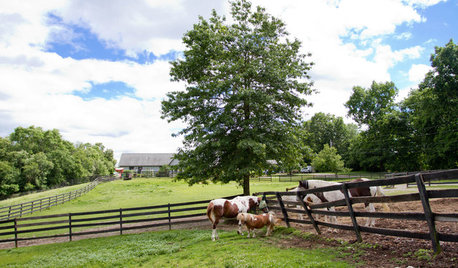how can a dip parent have a tet seedling?
caliloo
12 years ago
Related Stories

DECORATING GUIDESBudget Decorating: How to Decorate Smart and Slow
To make the most of your decorating dollar, forgo the disposable stuff, think vintage and free first and give yourself a splurge
Full Story
HOUZZ TOURSHouzz Call: Show Us Your Farmhouse!
Bring on the chickens and vegetable patches. If your home speaks country, it might appear in a featured ideabook
Full StorySponsored
Industry Leading Interior Designers & Decorators in Franklin County








floota
calilooOriginal Author
Related Discussions
HAVE: Tet hand-pollenated daylily seed
Q
How do you look up tet.conversion progeny on Tinkers database?
Q
The ultimate seedlings and their parent post (hopefully)
Q
Seedlings that you can't wait to see how they do this year
Q
bambi_too
casey261
bambi_too
calilooOriginal Author
bambi_too
Ed
bambi_too
calilooOriginal Author
Ed
casey261
bambi_too
Ed
bambi_too
berrytea4me
bambi_too
Ed
casey261